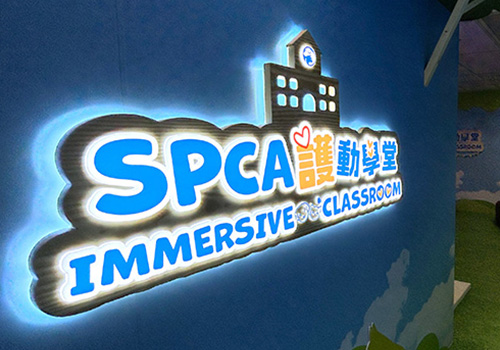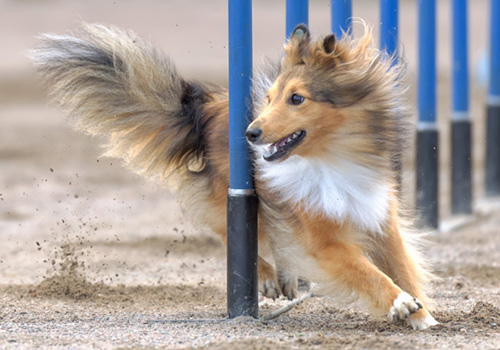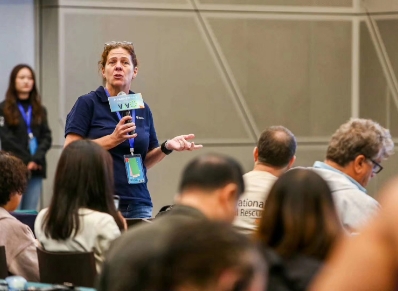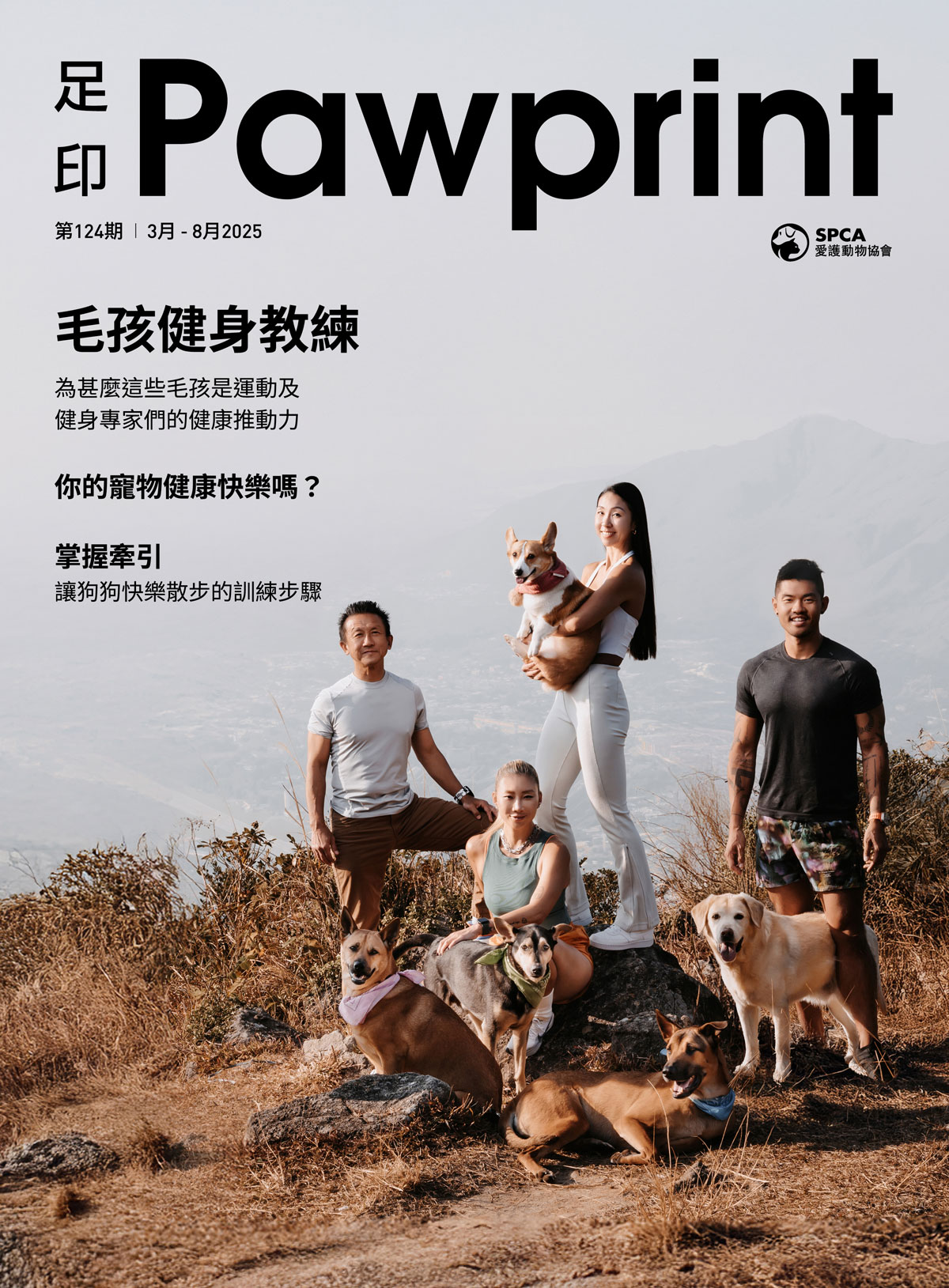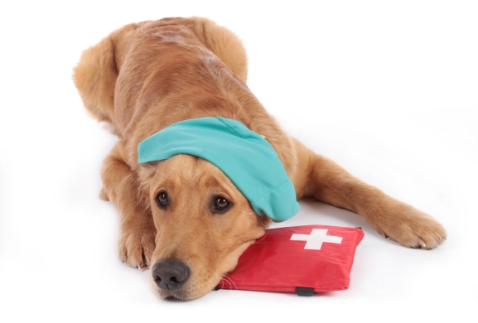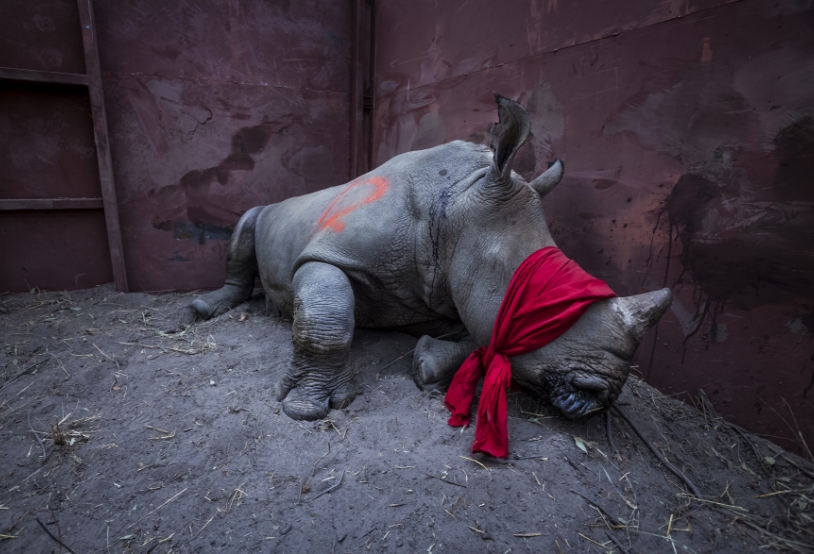
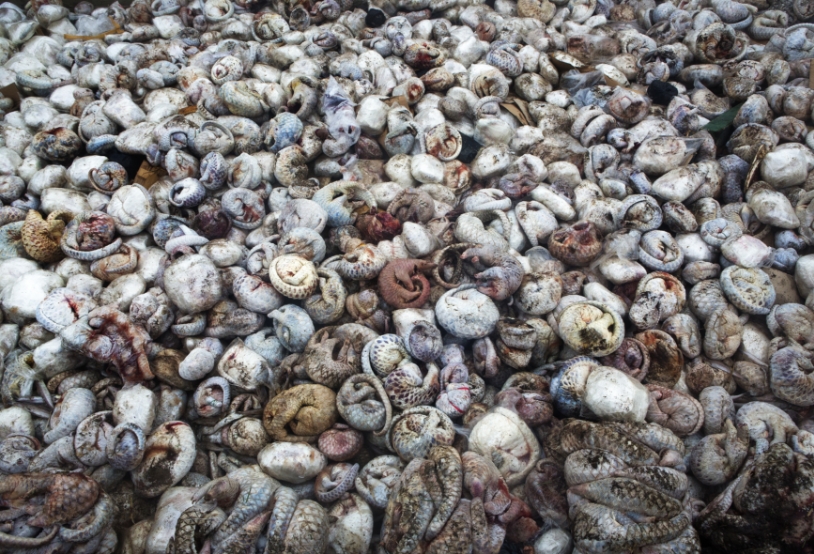
The trade in wildlife, and products derived from wildlife, are estimated to be worth as much as US$300 billion per year. To put this in context, coffee, tea and spices are worth US$17 billion annually.
The trade is worth a huge amount of money and therefore has close ties to organised crime using networks of harvesters, middlemen, mules and corrupt officials to find and move move millions of endangered plants and animals around the world.
The sheer scale of the trade presents many challenges for regulation and enforcement. Many biodiverse-rich countries simply do not have the resources to enforce national and international laws that protect their wildlife. In recent years, growing affluence and the power of the internet have fuelled the demand for wildlife products, accelerating consumption.
As a result, millions of animals go through unnecessary suffering and many die. The mortality rate of the live animal trade runs at up to 90%. Smugglers take this into account by smuggling in large numbers and setting high prices to compensate for losses.
The exotic pet trade is extremely cruel. Primates are captured as youngsters by killing the mother and utilising the fact that the young cling to the dead mother. Many of the primates seen in the market have not yet opened their eyes. In an attempt to convince potential buyers that primates are tame, many have their teeth pulled out.
Parrot chicks are often plucked out of nests when they are still young and are then hand-fed and raised by humans to tame them. Many die due to stress, over- or underfeeding and disease. The nests they are taken from are often destroyed in the process, reeking havoc on reproduction rates because some nests are used year-after-year by breeding adults.
Adult parrots are packed into cramped cages – sometimes smuggled in tubes or boxes – to sellers far away. The stress on these highly intelligent, social animals is extreme and studies prove they experience intense fear after being plucked from their habitat, mates and community.
Eggs from nests are smuggled in specially designed vests and jackets, and carried by human ‘mules’ through airports. Sometimes, these eggs hatch unexpectedly en-route to their destination so the newly hatched chicks are killed to prevent them from calling out and alerting other travellers or officials. Sometimes, birds are bound in tubes and smuggled in trouser legs and other specially designed clothing.
Wild animals smuggled for the food trade endure awful transport conditions given their survival and health status is not a priority for buyers. Transport is often cramped and inhumane; millions of animals die annually at each stage of the trade with estimates of between a third and two-thirds of birds dying before they are exported. Turtles for the food trade, for example, often arrive dehydrated, crushed, parasite-ridden and, in many cases, dead.
The trade in songbirds is cruel, wasteful and unnecessary. In Indonesia, catching methods are indiscriminate capturing any bird, however inappropriate. Poachers steal chicks and destroy nests using snares and nets. Poachers also use lime, a glue-like substance, to catch birds. When they are prised off the branches many sustain injuries. A significant proportion of birds (30%-50%) die within 24 hours of being sold in local markets, due to the stress of capture, poor transport and cramped, unhygienic conditions.

